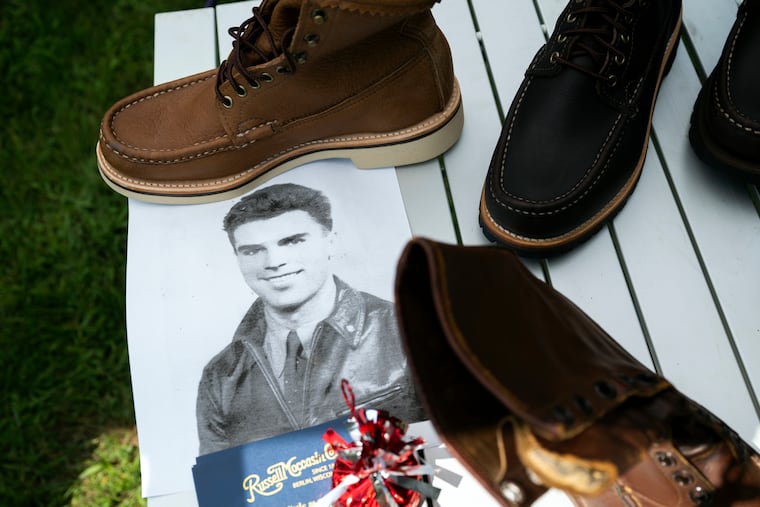Remembering the Pennsylvania veteran who first thru-hiked the Appalachian Trail
Earl Shaffer, of York, finished his thru-hike of the Appalachian Trail in August 1948.

Earl Shaffer, of York, finished his thru-hike of the Appalachian Trail in August 1948.
